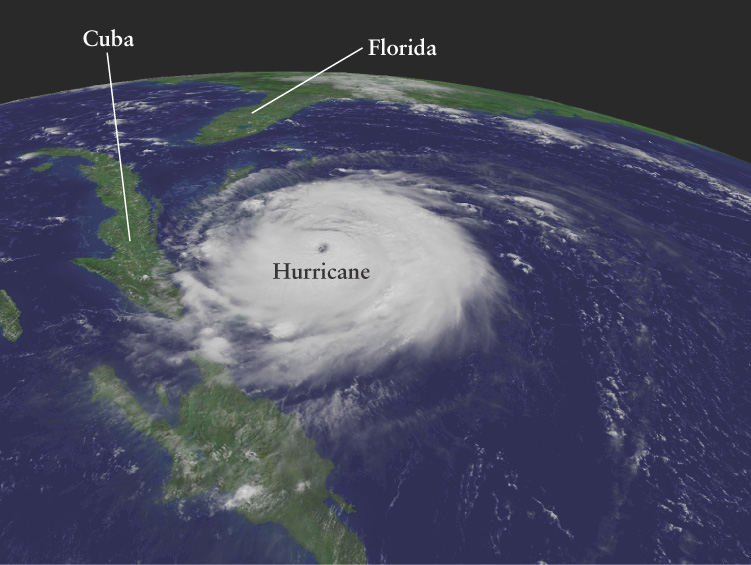1-8 Astronomy is an adventure of the human mind
Studying the universe benefits our lives on Earth
An underlying theme of this book is that the behavior of the universe is governed by underlying laws of nature. It is not a hodgepodge of unrelated things behaving in unpredictable ways. Rather, we find strong evidence that fundamental laws of physics govern the nature of the universe and the behavior of everything in it. These unifying concepts enable us to explore realms far removed from our earthly experience. Thus, a scientist can do experiments in a laboratory to determine the properties of light or the behavior of atoms and then use this knowledge to investigate the structure of the universe. Through careful testing, the laws of physics discovered on Earth have been found to apply throughout the universe at the most distant locations and in the distant past. Indeed, Albert Einstein expressed the view that “the eternal mystery of the world is its comprehensibility.”
The discovery of fundamental laws of nature has had a profound influence on humanity. These laws have led to an immense number of practical applications that have fundamentally transformed commerce, medicine, entertainment, transportation, and other aspects of our lives. In particular, space technology has given us instant contact with any point on the globe through communication satellites, precise navigation to any point on Earth using signals from the satellites of the Global Positioning System (GPS), and accurate weather forecasts from meteorological satellites (Figure 1-15).

A Hurricane Seen from Space This image of Hurricane Frances was made on September 2, 2004, by GOES-12 (Geostationary Operational Environmental Satellite 12). A geostationary satellite like GOES-12 orbits around Earth’s equator every 24 hours, the same length of time it takes the planet to make a complete rotation. Hence, this satellite remains over the same spot on Earth, from which it can monitor the weather continuously. By tracking hurricanes from orbit, GOES-12 makes it much easier for meteorologists to give early warning of these immense storms. The resulting savings in lives and property more than pay for the cost of the satellite.
As important as the applications of science are, the pursuit of scientific knowledge for its own sake is no less important. We are fortunate to live in an age in which this pursuit is in full flower. Just as explorers such as Columbus and Magellan discovered the true size of our planet in the fifteenth and sixteenth centuries, astronomers of the twenty-first century are exploring the universe to an extent that is unparalleled in human history. Indeed, even the voyages into space imagined by such great science fiction writers as Jules Verne and H. G. Wells pale in comparison to today’s reality. Over a few short decades, humans have walked on the Moon, sent robot spacecraft to dig into the Martian soil and explore the satellites of Saturn, and used the most powerful telescopes ever built to probe the limits of the observable universe. Never before has so much been revealed in so short a time.
As you proceed through this book, you will learn about the tools that scientists use to explore the natural world, as well as what they observe with these tools. But, most important, you will see how astronomers build from their observations an understanding of the universe in which we live. It is this search for understanding that makes science more than merely a collection of data and elevates it to one of the great adventures of the human mind. It is an adventure that will continue as long as there are mysteries in the universe—an adventure we hope you will come to appreciate and share.